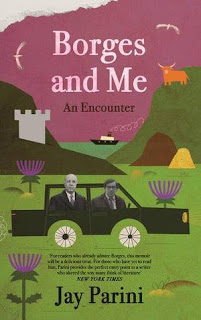The Museum of Modern Love

Like Second Place , The Museum of Modern Love was recommended to me by a fellow writer at Varuna House after I had read from my own work-in-progress (a novel about a disappeared Australian painter). Heather Rose’s work was a complete revelation. For one thing, she manages that rare genre of Australian internationalism, with the work set almost entirely in New York (specifically, the Museum of Modern Art). What fascinates Heather Rose is an extraordinary and true MOMA performance by Marina Abramovi ć, the Serbian “grandmother of performance art” (so-named after a four-decades long career). “The Artist is Present” was held between March and May 2010, and during this time 1545 people had the opportunity to sit opposite the artist who held their gaze (and was just, one supposes, present in the moment). Around this true event, Rose creates several characters who visit the performance regularly and whose lives are then revealed to the reader. Arky Levin is a composer of some rep...







